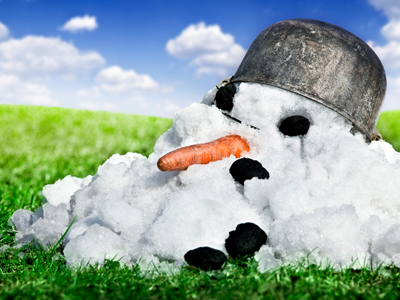
Ask the AI Tutor
Need help with Negative Numbers (Year 6)? Ask our AI Tutor!
AI Tutor - Lucy
Connecting with Tutor...
Please wait while we establish connection

The temperature is -13o. If it rises 39o it will be 26o.
Negative Numbers (Year 6)
Negative numbers Year 6 develops skills further. Pupils learn to calculate across zero, apply negative values in contexts like temperature, and solve challenging real-life word problems.
1 .
The temperature is -15o. If it falls 8o what is the temperature now?
23o
-7o
-23o
7o
15 + 8 = 23 so -15 - 8 = -23
2 .
Which of these is the lowest number?
-1
0
-28
-15
Remember that the higher the negative number the less its value
3 .
Which is the largest of these numbers?
2
-35
-3
-14
Even the lowest positive number is higher than all the negative numbers
4 .
Which of these statements is true?
-33 > -3
-29 > -28
-7 > -17
-44 > -34
The symbol > means greater than
5 .
Which is the next number in the following sequence? 10, 5, 0, -5
10
-1
-10
-15
The numbers are decreasing by 5
6 .
The temperature is -13o. If it rises 39o what is the temperature now?
26o
39o
13o
-26o
39 - 13 = 26 so -13 + 39 = 26
7 .
Which are the missing numbers in this sequence? -33, -35, ___, -39, -41, ___?
-36 and -43
-37 and -42
-37 and -43
-37 and -40
The numbers in this sequence are decreasing by 2 each time
8 .
The temperature is -28o. If it rises 13o what is the temperature now?
-41o
-15o
15o
41o
28 - 13 = 15 so -28 + 13 = -15
9 .
Which of these statements is true?
-1 < -58
-23 < -1
2 < -99
-15 < -20
The symbol < means smaller than
10 .
The temperature is 6o. If it falls 18o what is the temperature now?
24o
-24o
-8o
-12o
18 - 6 = 12 so 6 - 18 = -12
**Unlimited Quizzes Await You! 🚀**
Hey there, quiz champ! 🌟 You've already tackled today's free questions.
Ready for more?
Ready for more?
🔓 Unlock UNLIMITED Quizzes and challenge yourself every day. But that's
not all...
not all...
🔥 As a Subscriber you can join our thrilling "Daily Streak" against other
quizzers. Try to win a coveted spot on our Hall of Fame Page.
quizzers. Try to win a coveted spot on our Hall of Fame Page.
Don't miss out! Join us now and keep the fun rolling. 🎉
**Unlimited Quizzes Await You! 🚀**
Hey there, quiz champ! 🌟 You've already tackled today's free questions. Ready for more?
🔓 Unlock UNLIMITED Quizzes and challenge yourself every day. But that's not all...
🔥 As a Subscriber you can join our thrilling "Daily Streak" against other quizzers. Try to win a coveted spot on our Hall of Fame Page.
Don't miss out! Join us now and keep the fun rolling. 🎉






